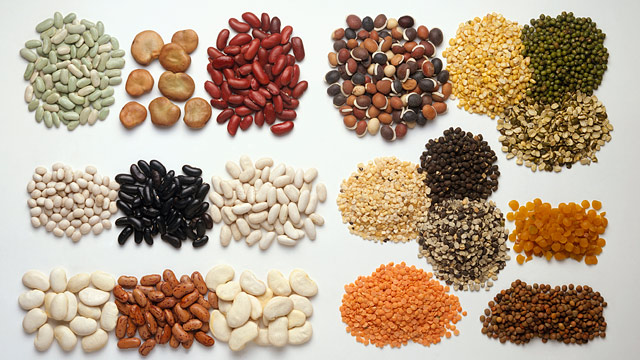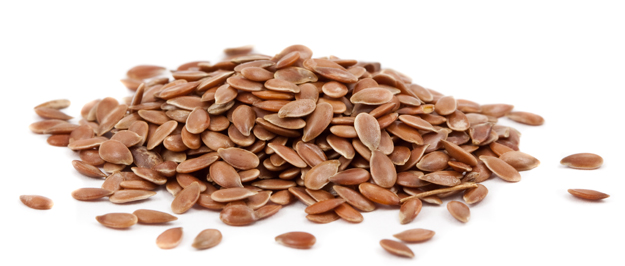5 Tips For Going Meat-Free
01:315 Tips to eat meat free and stay healthy
Beef, pork, poultry and other meats are an important part of a balanced diet. Meat is rich in protein, in addition to providing high levels of iron and vitamin B-12.
5 tips that will help you to get the vitamins without eating meat.
1. Protein: Choose Whole Foods

Protein is an important component of every cell in the body. Hair and nails are mostly made of protein. Your body uses protein to build and repair tissues. You also use protein to make enzymes, hormones, and other body chemicals.
Where do vegetarians get their protein?
1. Protein: Choose Whole Foods

- Lentils, 18 grams of protein per cup
- Chickpeas, 12 grams/cup
- Black beans, 15 grams per cup
- Nuts, varied
- Tofu, 11 grams per 4 ounces
- Quinoa, 9 grams per cup
- Other legumes, varied
- Grains, varied
2. Zinc: Choose Nuts, Seeds, and Grains

As well as protein and fibre, nuts are full of similar vitamins and minerals to those in meat and fish, especially iron, zinc, magnesium and selenium. They're also high in calories though, so eat mindfully.
3. B vitamins: Almost All Plant-Based Foods

Vitamin B-12 is essential for your metabolism and it also helps make new red blood cells. Meat, chicken, milk, yogurt and cheese are some of the richest sources of vitamin B-12.
If you eat eggs, you'll get about .6 micrograms of B-12 from one large egg, but you have to consume the entire egg, since most of the vitamin is in the yolk. Baked goods are made with flour that is usually enriched with B-12 and other nutrients. A 2 1/2-ounce slice of freshly made cornbread has nearly 1 microgram of B-12, or about 40 percent of your daily requirement. Even a 1-ounce wedge of sponge cake, 2-ounce piece of banana bread or slice of white bread each have almost .1 micrograms of vitamin B-12. Don't rely solely on baked goods to meet your vitamin B-12 intake, since these foods tend to be high in fat and calories.
4. SOYA GOOD FOR YOU

More than just a source of protein, tofu or soya bean curd gives vegetarians and vegans a good hit of zinc, iron and calcium which are often lacking in meat-free diets.
It also provides some omega-3 fats and can help to lower LDL (bad) cholesterol. It's versatile, too, use firm tofu in stir-fries, broths, stews and salads and silken tofu to make creamy dairy-free sauces and dips



5. OMEGA-3

Where do vegetarians get OMEGA-3?
Flax Seeds

Chia Seeds

Hemp Seeds

Hemp seeds have a great Omega 3 to Omega 6 ratio. One ounce of the seeds will provide 1100 Omega 3 and 2700 Omega 6.
Winter squash

Winter squash is a surprisingly good source of Omega 3, with 338mg per cup cooked – and you’ll only get 203mg of Omega 6.
Cabbage Family

Berries









0 comments